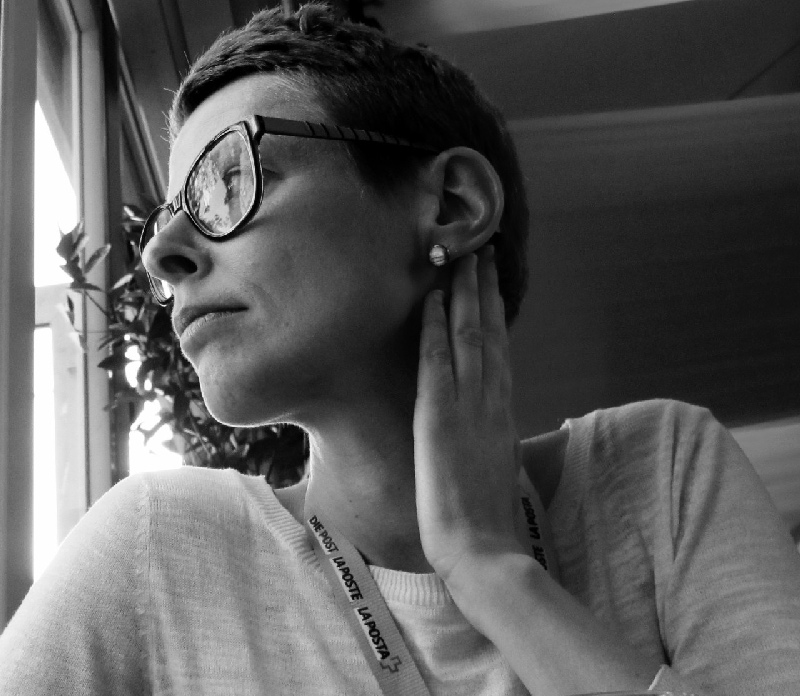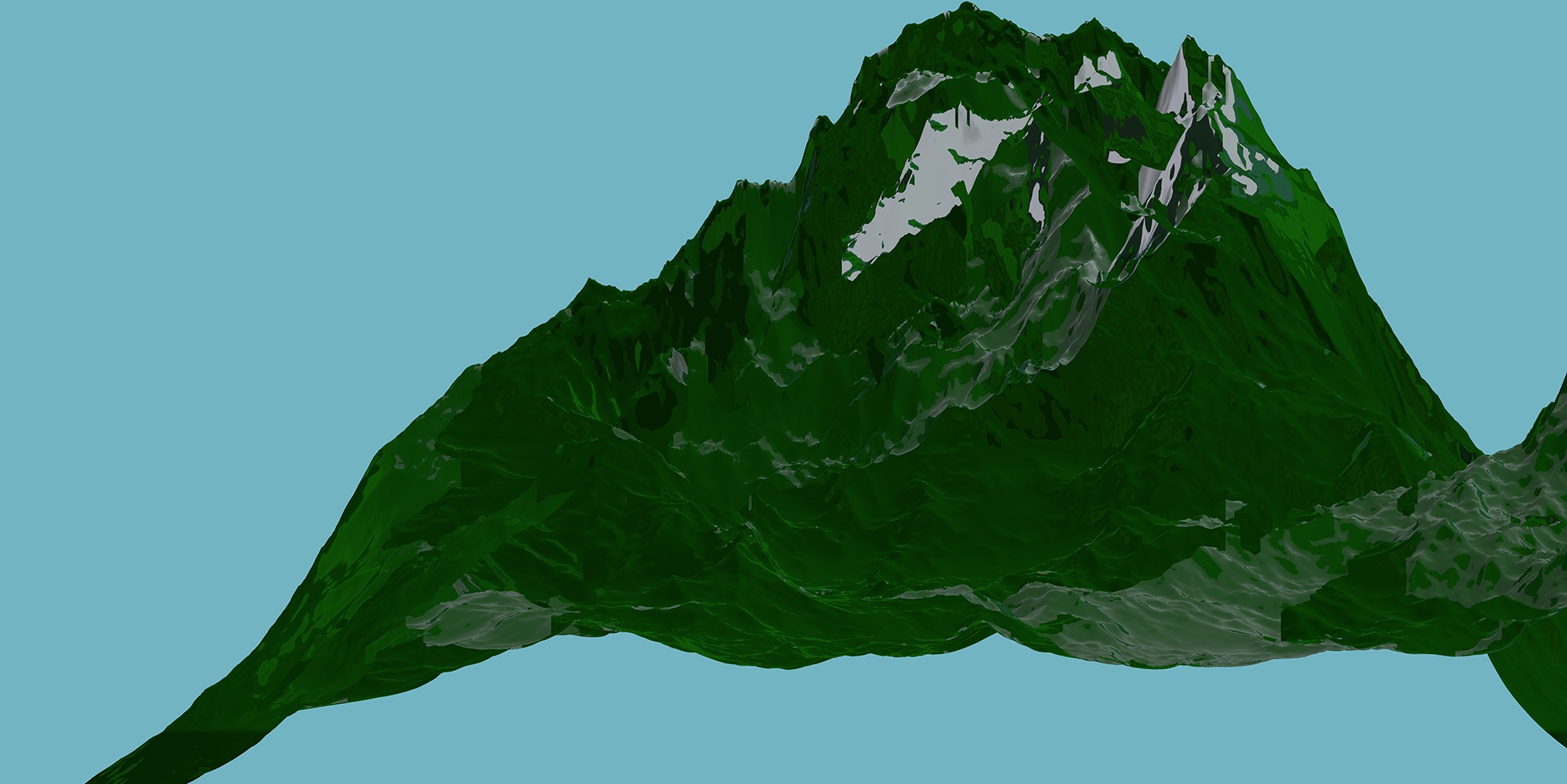The Flemish Ministry of Culture, Youth and Media launched a new subsidy in 2020 to support digital innovation and cooperation between the arts and research sectors. Artists, (digital) creators, game developers or researchers could apply for a stay in three foreign institutes working at the interface between art, culture, science and technology: Ars Electronica Futurelab, Experimental Media and Performing Arts Center – New York and Medialab Prado-Madrid.
The media artist Fanny Zaman and her research project NOISESCAPES was selected for the residency at the Ars Electronica Futurelab 2021. Zaman lives and works in Antwerp, and has completed both practical and theoretical training in the visual arts, in addition to cultural studies, information science, performance and sound design. The focus on the social impact of technology on our ecology and reality is the common thread in Zaman’s work.
During her residency, she will work on the VR project THE FUTURE IS CODED that draws a line from ancient divination techniques to Deep Learning, investigating how artificial intelligence deals with our unconscious actions.
THE FUTURE IS CODED refers to a future that’s already present here and now but remains somehow inaccessible to us. It’s an old philosophical idea that past, present and future exists simultaneously. If the future exists, it could be accessed like a space or a room.
In Chris Marker’s science fiction film La Jetée 1962 we hear the voice-over saying: “The future was better protected than the past. After more, painful tries, he (the protagonist) eventually caught some waves of the world to come.”In THE FUTURE IS CODED we reflect upon how exactly this future is better protected?
Since ancient history we’ve tried accessing the future through mediators. Noise and randomness (chance) are worldwide used to access the future in so called divination techniques. Noise mediates via articulating hidden layers to our conscious mind.
The future is like a wall of noise. We carve our path through time, shifting meaning from noise.
Shoshana Zuboff writes in her book Surveillance Capitalism about big data companies that harvest rich predictive data in the waste materials of our online behavior. The rich data they’re after are in the extra data, in the noise. They use them to forecast our future behavior.
The NOISESCAPES I create are screens of noise depicting settings for a possible future. The work is about discovering and experiencing a particular set-up built from layers of noise.
At Ars Electronica Futurelab we will form a small group and work around the theme THE FUTURE IS CODED, by discussing samples from speculative fiction. We develop raw forms and raw ideas, we write raw text in writing games. This will serve us too in speculating on how to access the future.
trope-editions / blog Fanny Zaman
Read more in the Interview with Fanny Zaman and Maria Pfeifer of Ars Electronica Futurelab:

Fanny Zaman (BE) is a media artist working in Antwerp. She had a practical as well as a theoretical training in visual art, Cultural Studies, Information Science, Performance and SoundDesign. Since 2000 she started experimenting with video- and sound-montage at the Higher Institute of Fine Arts (HISK). The period closed with a residence at Cité des Arts, Paris. In 2008 she made the film Surface that was screened in competition at FIDMarseille. After that she made 3 more essay film (about the world of finance/markets) with a focus on group-dynamic (in the pit) and speech-act. The films were supported by VAF (Filmlab), labeled as hybrid film and/or Expanded Cinema and screened in several film festivals (as single screen) and art institutions (as installation) amongst BOZAR, LE BAL and WIELS where she did a 6 months residency in 2012.
The focus of her artistic research producing these works is on how material (sound, image and technology) is mutual shaped (by us) and reshaping our political understanding of the world we live in. Zaman made in collaboration with Dominik Daggelinckx the film THE AIRSHIP that looks at the collateral effects of social media and technology through aesthetics and materiality. This focus on the social impact of technology on our ecology/reality has been a recurrent thread in Zaman’s work. About her work text has been published by Arnaud Claass, Jean-Pierre Rehm and Mihnea Mircan.
This Residency is in Cooperation with the Flemish Ministry of Culture, Youth and the Media

